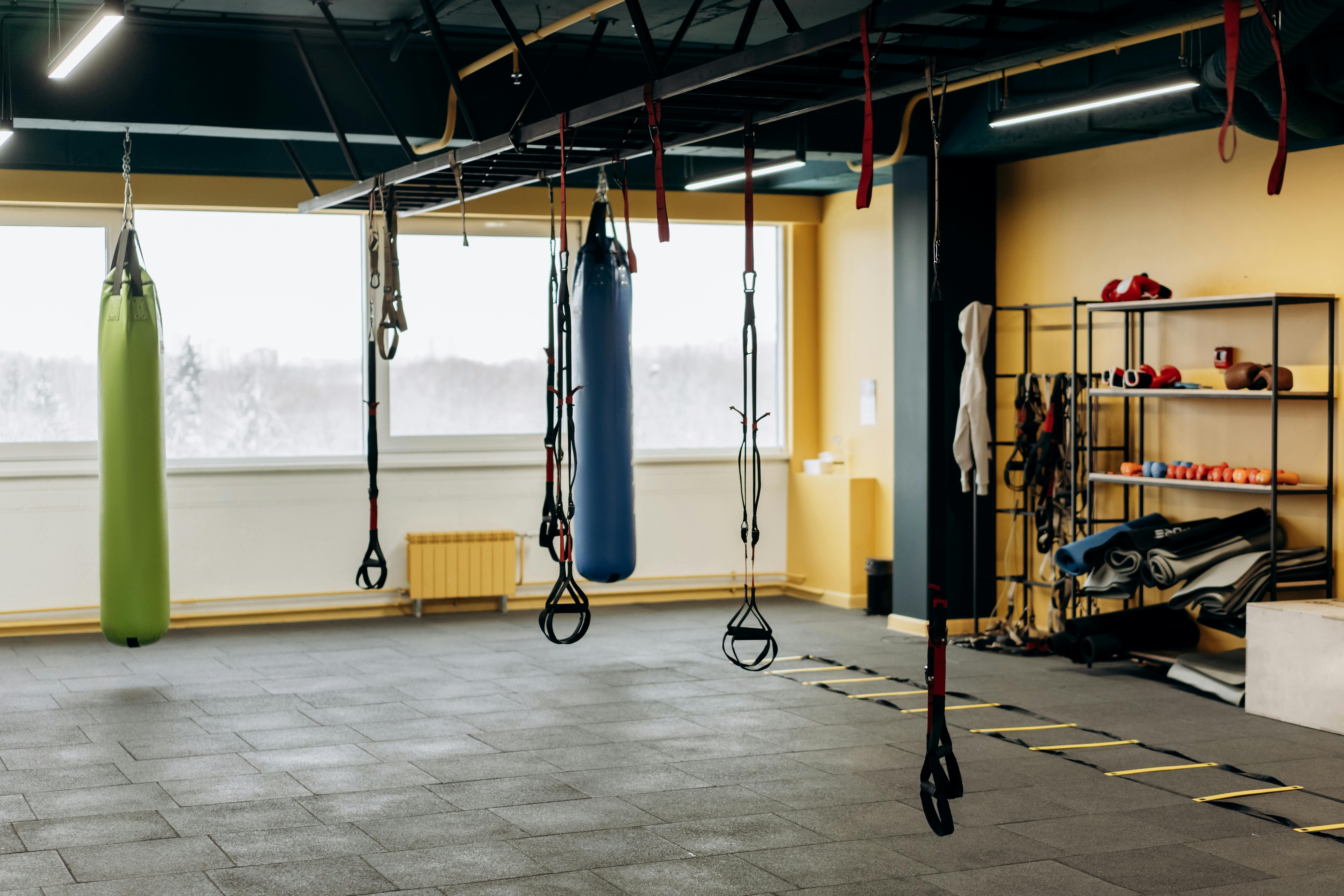
How to re-caulk a refinished bathtub
Many older bathtubs wear out and the finish becomes scratched and unsightly over time. Old bathtubs can also have strange colors with colors that are no longer in style. Replacing a bathtub can be an expensive and time-consuming project that requires ripping out parts of the wall to remove the old bathtub. Reconditioning your bathtub eliminates this costly and complicated disassembly procedure and you can have a new bathtub in less than a day.
There are a few problems with refinished bathtubs that can occur when re-caulking a refinished bathtub. The epoxy coating that is applied to a refinished tub is not as durable as the original baked finish that is applied to new tubs. Therefore, removing old caulking from a refinished tub can be a difficult procedure without damaging the tub’s epoxy finish. Many times, the caulk that is applied after the tub is restored is not a high quality 100% silicone caulk and this caulk can blacken and mold in a short period of time. There are also many different grades of epoxy finish that can be applied to a bathtub. Some cheap epoxy finishes are not very durable and can easily scratch and chip. Also, many cheap epoxy tub finishes will flake off when the caulking is removed from the refinished tub.
It takes a lot of skill and patience to remove old caulk from a refinished tub without damaging the epoxy finish. However, it is still necessary to remove the old caulk before installing new caulk when recaulking a bathtub. You never want to just apply new caulk over old caulk when doing any type of caulking procedure. Also, you don’t just want to leave moldy black caulk in your bathtub, as it looks unsightly and mold can create health problems for your family and pets.
When removing old caulk from a renovated tub, you should first use a utility knife to cut through the old caulk. The utility knife should be angled so it only scratches the area of the tub where the new caulk will be applied. Using a utility knife in this way will make it much easier to remove caulk that’s stuck to the surface of refinished tubs.
After cutting through the caulk with the utility knife, you should use a window scraper to carefully cut away the caulk that is stuck to the tub. You should use gentle motions with the window scraper and only cut through the old, dirty, moldy caulking and not through the refinished tub. Many times the bottom layer of caulking will permanently adhere to the epoxy finish of the tub and you may need to leave this layer of caulking there. There is no point in removing caulking from a refinished tub if it will peel off the finish. You should never simply remove a section of caulking from a renovated tub. Stripping the caulking in this way can also remove large sections of the epoxy finish and ruin the tub’s finish. Once you’ve scraped off as much of the old caulk as possible, you can use isopropyl alcohol to clean the surfaces to be caulked.
When applying new caulking to a tub, it’s best to tape all the edges that need to be caulked to ensure a nice, straight line of caulking. Tape tub and adjoining wall about 1/8 inch and apply caulking. You should only use 100% silicone caulk to ensure that the new caulk does not develop mold like the old caulk did. After applying the putty, smooth it out with your finger. After you have smoothed out the new putty with your finger, you should remove the tape and smooth the putty down again with your finger. If you remove the caulking line with duct tape and smooth it out with your finger, you will get a much smoother and straighter caulking line than you could get without removing the caulking joint with duct tape.